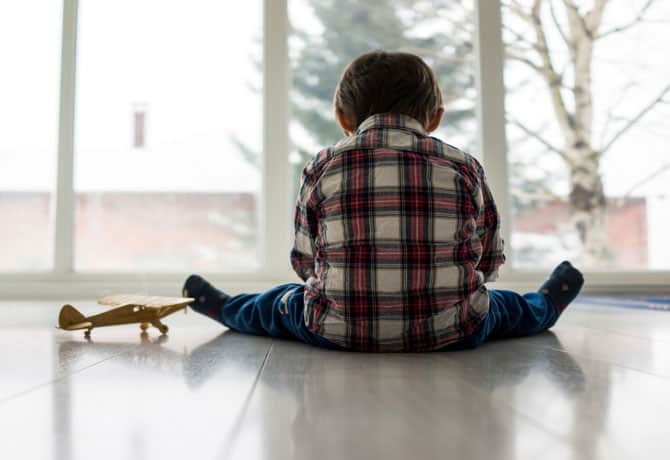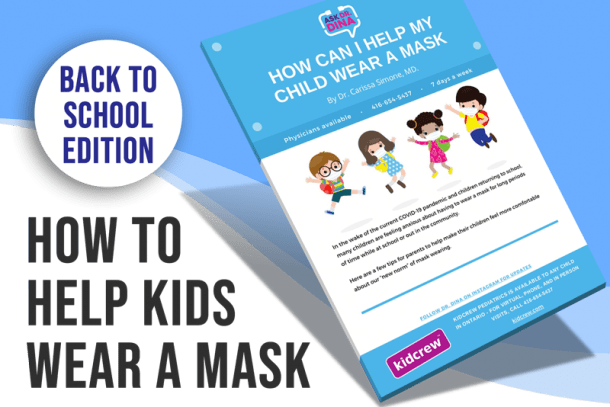Let’s talk about fostering social development in children!
How would I define temperament? Temperament is defined as an individual’s behavior style; we all inherit these behavior styles. There are different variations of temperament; they range from a child’s self-regulation, emotions, the quality/ability to be social, how active they are and how they adapt to different things presented in their daily lives.
To improve one’s goodness to fit you must understand your own temperament as well as your child’s.
Each child is unique; some children will develop difficulties based on their temperament while others will not, which is based on the environment and goodness to fit. Goodness to fit occurs when a caregiver’s expectation and the environment match the child’s temperament characteristics; the environment must also be modified to fit the child.
An example would be if a shy child were beginning childcare, the primary caregiver would stay with the child in the classroom and encourage the child to interact with others. If a child’s needs are not supported, and no adaptations are made for the child to be successful, it is classified as a poor fit; this can compromise how a child adjusts to situations and how he/she overcomes temperament challenges.
To improve one’s goodness to fit, you must understand your own temperament as well as your child’s. For example, if you want to encourage resilience, it’s a good idea to demonstrate resilience first.
Furthermore, a child’s temperament can affect how they advance in most development areas, particularly their coping skills and emotional resilience. Parents and caregivers need to foster children’s temperament to ensure they build resilience and are successful in their development.
How to Foster a Child’s Temperament
- Teach your child about the world and society.
- Teach your child about your family values and rules.
- Interact with your child, have fun by showing interest in what they are doing.
- Nurture your child, comfort him/her when upset, and assist him/her through their emotions (emotions are intense for young children, and looking after their mental health is important).
- Provide limits and structure; this demonstrates to the child a sense of predictability, feeling safe, and knowledge that there are certain expectations.
Temperament Traits
The Inhibited Child
This describes a child’s initial behavioral response. Children who possess behavioral inhibition (BI) tend to withdraw from unfamiliar people; the child may also show signs of anxiety and distress around these people.
The Uninhibited Child
These children present to be fearless in novel situations. Some children who possess these traits also show frustration and anger when there are rules and restrictions; they want to control.
The Difficult Child
These children present with frequent night wakening and colic during infancy, and later in life, they can develop behavior problems (10% of children meet this trait). Research shows these behaviors are related to certain kinds of parenting. Parents with difficult children tend to be less affectionate with their children and sometimes intrusive in engaging their children.
How to Enhance Social Development in Children and Adapt to Their Needs to Assist with Temperament
- Spend time observing your child
- Set up the environment to allow the child to be successful based on their temperament characteristics (Hypersensitive, underactive, etc.)
- Change negative labels into positive ones
- Identify behaviors that trigger anxiety, anger in yourself and how your temperament is affected (This may be an opportunity to further develop your own resilience.)
- Identify and adopt strategies to help adapt to your child’s temperament
Fostering Temperament Development with Parenting Roles
Children must experience four parenting roles to foster their temperament and overall development:
- Limit setter
- Teacher
- Nurturer
- Playmate
Taking on all of these roles will allow you to understand your and your child’s temperament and set you both up to be successful together. When parents help their children build resilience, it creates positive outcomes for the whole family.
For assistance catered specifically towards your child, consider talking to a mental health professional.
- Do you have a problematic child? Click to fill out a questionnaire to find out.
- Want more on temperament?
- How to foster social development in children?
FAQ
What Are the 3 Temperament Types?
There are three accepted types of child temperament, stemming from a 30-year study done in New York, beginning in the 1960s.
- Roughly 40% of children are considered to have an “easy” temperament. This means that they thrive in most situations, adapting to and overcoming challenges thrown their way. They take to routines quickly and are generally happy and positive.
- Around 10% of children are considered “difficult”, meaning that they have difficulty in certain situations, especially children with easy temperaments. They also struggle with things like a daily routine and are prone to extreme emotions.
- Then there’s the third type, which comprises about 5-15% of children. These children are referred to as slow-to-warm-up. While they don’t struggle as much as difficult children, they evolve at their own pace and don’t like being pushed along.
That leaves roughly 40% of children that don’t fit into the above categories, instead of displaying a mixture of two or more temperaments to varying degrees.
What Are the 9 Temperament Traits?
The 1960s study also identified nine key traits that make up a child’s temperament. These traits, in alphabetical order, are:
- Activity Level
- Adaptability
- Approach/Withdrawal
- Attention Span/Persistence
- Distractibility
- Intensity of Reaction
- Quality of Mood
- Rhythmicity
- Sensitivity
Some of these traits, such as attention span and sensitivity, can be all over the place in children from all temperaments. Other characteristics, like adaptability, are particular to a certain temperament. Slow-to-warm-up children tend to fall into the middle in these categories, in between the two extremes displayed by easy and difficult children.
What is a Resilient Child?
According to the American Psychological Association, the word ‘resilience’ refers to a person’s ability to adjust to new, challenging, or difficult circumstances—this is distinct from physical resilience. Resilient individuals have an inner strength that helps them bounce back from traumatic events and life’s challenges.
A resilient child specifically is, in a nutshell, a child that can perform well in multiple situations. Resilient children are competent, not just in one given area, but in various skill sets. Confidence and being secure in their character play a significant part in building resilience.
Through regular encouragement, these children have learned what they’re capable of, so they’re less likely to shy away from a challenge. Even when something unfamiliar is placed in front of them, they’re much more likely to cope with these new circumstances than children who aren’t as resilient.
Another critical aspect of resilience is performing well in a group setting. Children are more likely to contribute to a group effort if they believe that their contributions make a difference. This goes back to the confidence mentioned above. Resilient children know that they can make a difference and that belief powers their actions. If a child believes that their input doesn’t matter, they have no incentive to contribute anything.
Why Is Resilience Important In Everyday Life?
Building resilience is of critical importance for your child. As any mental health professional will tell you, resiliency can create many benefits in your child’s life. When faced with life’s challenges, resilient people can rely on their mental toughness to remain calm. While they’re not immune to mental health conditions, they’re better equipped to preserve their own well-being. Higher resilience is also associated with better problem-solving skills and self-awareness.
People who lack resilience may struggle with their self-worth, self-esteem, and self-regulation skills when faced with emotional pain. They may fall back on unhealthy coping mechanisms to deal with negative emotions.
How Can You Help Your Children Develop Resilience?
While every family (and every child) is different, the American Psychological Association has a number of tips for you to help your kids develop resilience:
- Encourage them to help other people. Not only does this empower your kids, it also teaches them that building a strong social support network is an important part of overcoming challenges.
- Take out time for self-care. Resilience is something you develop over time, but constant pressure with no escape can lead to unhealthy coping strategies. Taking breaks for sleep and play won’t just help your children’s mental health: it’ll develop your own resilience too!
- Stick to a daily routine. If your child has a ‘difficult’ temperament (10% of children do) this may be more challenging. Consistent daily routines will help give your children structure and organize their day. Most importantly, it can give them a sense of comfort if they ever feel overwhelmed.
Resilient people may still struggle with psychological distress, but they have the tools to take care of their own mental health.
Is Temperament Related to Resilience?
A child’s temperament plays a big part in how resilient they become. Children who are prone to avoid harmful situations suffer when it comes to building resilience, as resilience is the ability to cope with and adapt to stressful situations. If a child never encounters those situations, they won’t have many opportunities to strengthen the resilient aspect of their temperament: it hampers their self-discovery, and they may struggle with everyday challenges as they grow.

Amy, having earned a Bachelors Degree in Child Development, has been in the field of Early Childhood Education for the past 10 years. First working in an infant classroom, and then moving to JK, preschool and toddlers. Currently Amy works as a Supervisor of a childcare facility in York Region.












